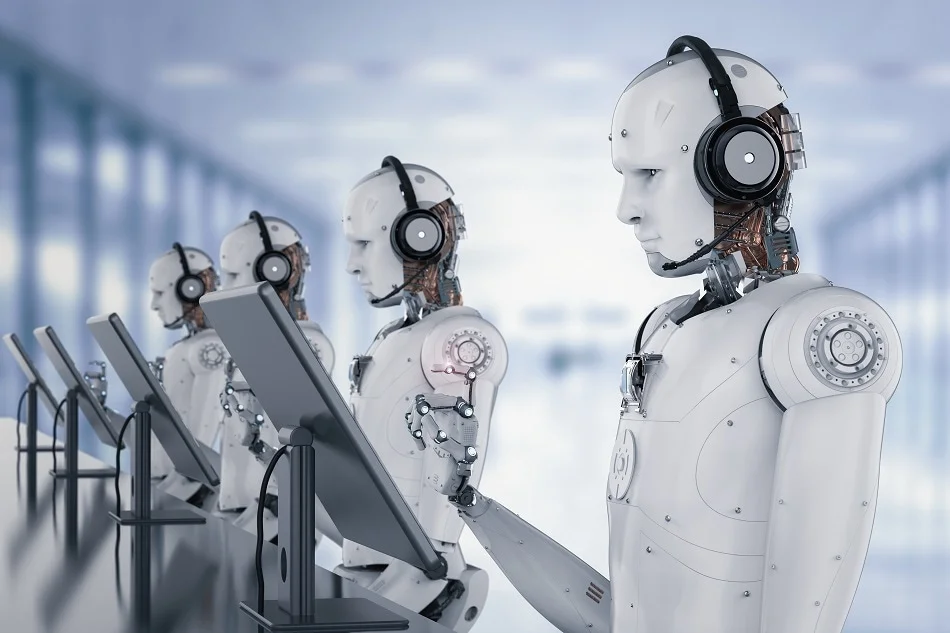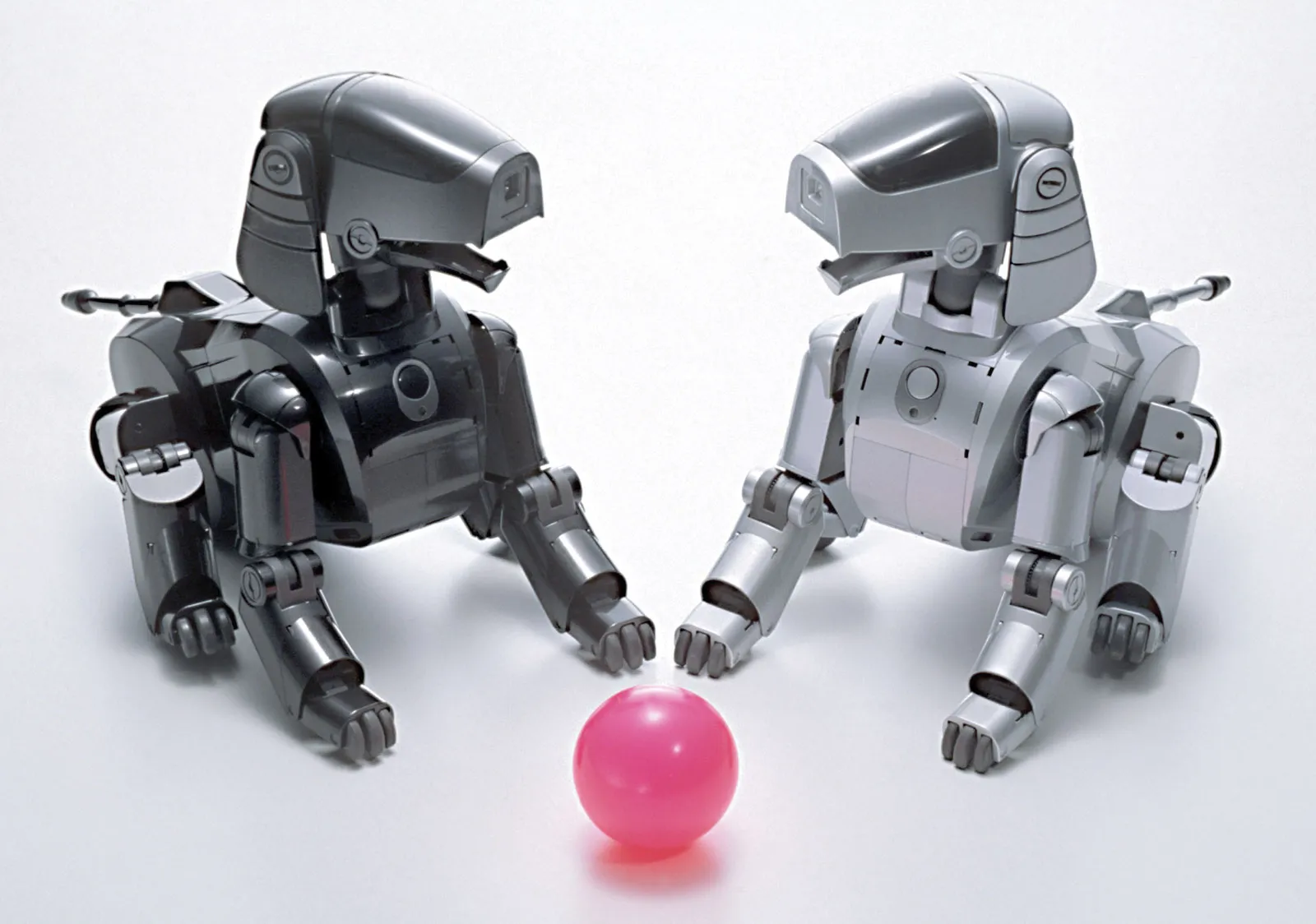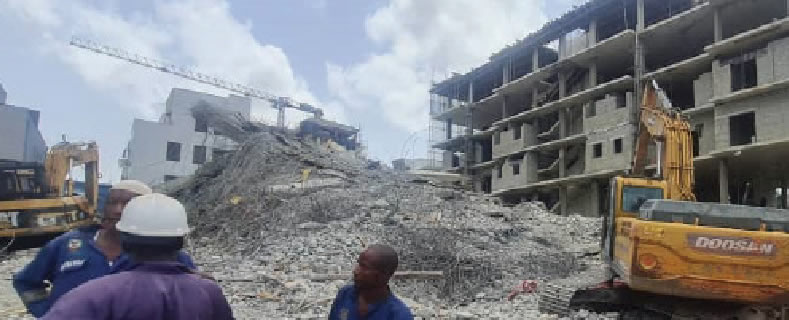 Automation can lead to job losses in certain sectors, such as manufacturing and assembly line work, as machines and software can perform many tasks more efficiently and accurately than humans.
Automation can lead to job losses in certain sectors, such as manufacturing and assembly line work, as machines and software can perform many tasks more efficiently and accurately than humans.
On one hand, automation often creates as many jobs as it destroys over time. Workers who can work with machines are more productive than those without them; this reduces both the costs and prices of goods and services, and makes consumers feel richer. As a result, consumers spend more, which leads to the creation of new jobs.
On the other hand, there are workers who lose out, particularly those directly displaced by the machines and those who must now compete with them. Indeed, digital automation since the 1980s has added to labor market inequality, as many production and clerical workers saw their jobs disappear or their wages decline. New jobs have been created—including some that pay well for highly educated analytical workers. Others pay much lower wages, such as those in the personal services sector.
And it’s not just professionals in the manufacturing sector alone that will be affected. Legal and accounting sectors twill see jobs disappear due to automation. Knowledge workers, retail, and manual laborers will also see their job prospects decline. Here are the jobs that could be hit the worst.
1. INSURANCE UNDERWRITERS AND CLAIMS REPRESENTATIVES
The effects of automation on the insurance industry are already being felt. In Japan, Fukoku Mutual Life Insurance has recently replaced 30 of its medical insurance claims reps with an AI system based on IBM’s Watson Explore, reports the Guardian. The software can “analyze and interpret all of your data, including unstructured text, images, audio, and video” better and faster than a human can, and can “drastically reduce” the time needed to calculate Fukoku Mutual’s payouts, according to a company representative.
2. BANK TELLERS AND REPRESENTATIVES
First it was the ATM that ate into human banking jobs, then the smartphone app. It’s likely that many of the remaining human-based teller and representative banking jobs will be finished off by AI, reports CNBC. AI won’t just be able to conduct cash transactions, it will be able to open accounts and process loans at a fraction of the cost and time it takes for human employees. “The ATM of tomorrow is going to replace the teller,” Andy Mattes, CEO of financial software company Diebold told the network. “It can do approximately 90% of what the human being can do, and it’s going to be your branch in a box.”
Once thought indispensable to a company, keen-eyed financial analysts could spot a trend before it happened, allowing institutions to adjust their portfolios and potentially make billions of dollars. But human financial analysts can no longer compete with artificially intelligent financial analysis software that can read and recognize trends in historic data to predict future market moves. It’s no wonder that financial analyst jobs could be the worst hit in the estimated 30% of banking sector jobs lost to AI in the next five to 10 years.
4. CONSTRUCTION WORKERS
Manual labor jobs are also under threat by automation. Robotic bricklayers will soon be introduced to construction sites that enable the machines to replace two to three human workers each, reports Technology Review. SAM (Semi-Automated Mason) can lay up to 1,200 bricks a day, compared to the 300 to 500 a human can do. While a human is still required to work with SAM to complete the more nuanced tasks, the use of SAM reduces the need for the three other bricklayers it would take to do the same job. Other on-site construction jobs such as crane operators and bulldozer drivers can also expect to see their positions filled by AI-controlled machines in the next decade.
5. INVENTORY MANAGERS AND STOCKISTS
The supermarket employee restocking the cans in aisle three may soon no longer be a person. As robots become more advanced, they are capable of performing actions that previously required a pair of eyeballs, such as managing inventory on a store shelf. Once such robot called the Tally is designed to audit shelves for out-of-stock items, misplaced items, and pricing errors, reports Inverse. Tally roams the aisles and uses multiple sensors to scan the shelves, alerting human staff of its findings.

Automatio6. FARMERS
Farmers are being replaced by artificially intelligent robots that can do everything from milk cows to pull lettuce. A family-owned dairy farm in Germany is one of the first to install Voluntary Milking System robots that allow cows to walk up to the machines at their leisure when they want to be milked, reports Modern Farmer. And more than 1 million of the U.S.’s farmhands could see their jobs replaced by intelligent machines that do everything from weed cabbage patches to pick apples, reports Quartz.
7. TAXI DRIVERS
While traditional taxi drivers may be feeling the pinch from the likes of Uber and Lyft, drivers of all three will see their jobs dry up as autonomous vehicles hit the road. And it’s the ride-share companies who can’t wait to rush their drivers out of the car. As Uber’s CEO has said, its service would be a lot more inexpensive and its profits much greater if you weren’t “paying for that other dude in the car.” In the next 10 years, cities across the world will have fleets of self-driving taxis. Uber is testing such vehicles and Singapore is the first country to already put up to a dozen on the roads.





